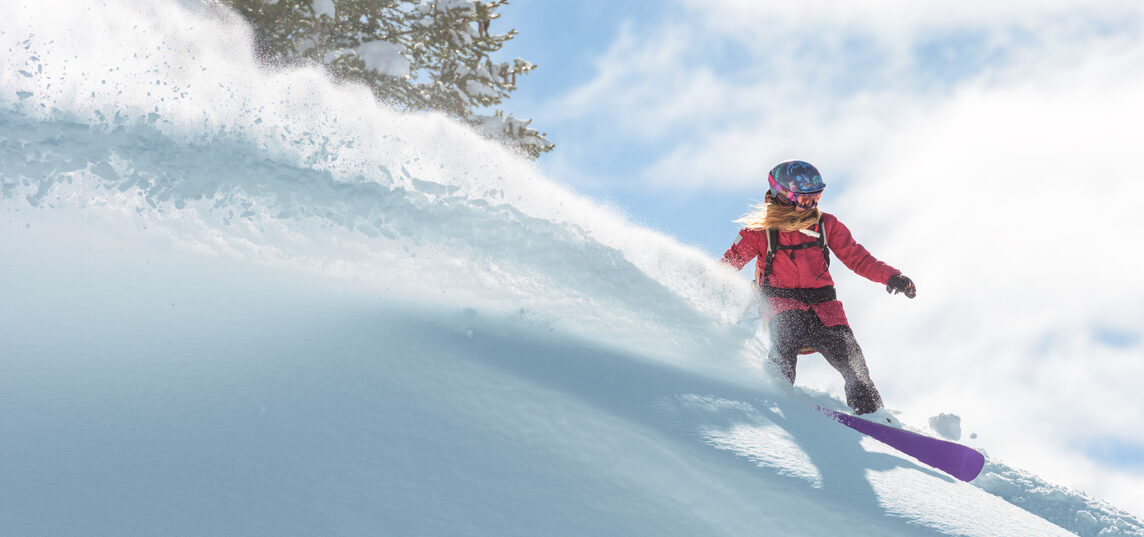

If you’re anything like us, the mountains feel like an escape. But if you’re going beyond the resort boundary, then there’s one piece of modern bureaucracy you need to take with you for avalanche safety: The Risk Assessment. Your FreeRide career could be short-lived if you ride without one.
Thankfully, there’s no need for complicated charts, long-winded terminology or high-vis. All it takes is for you to consider a few questions.
Resort, side-country or backcountry? The risks are not the same. Think about where you’re headed and plan accordingly for avalanche safety and other dangers. If you’re staying in resort, you may only need your lift pass and credit card, but if you’re heading into the backcountry, then you’ll want more than a sandwich in your backpack.
These are the things that could go wrong. Take a tumble on the piste and you’ll be glad you paid extra for the piste rescue service. Take a tumble in the backcountry, and you’ll be grateful you packed your first aid kit, emergency bivouac and satellite phone.
Weather has a big impact in the mountains, so you should study the weather forecast & avalanche bulletin and plan accordingly. You won’t need your suncream in a blizzard when it’s minus twenty, but you may wish you’d stayed home.
If you’ve considered questions 1, 2 & 3, then you will already have a packing list of the gear to take with you and a backpack large enough to carry it all. If you’re still unsure about what you need (or you don’t have a backpack), then maybe consider a different plan.
Your risk assessment isn’t complete until you have considered who is in your crew. How experienced are they? What do they know about avalanche safety? How well do you know them? Do they have your back if things go pear-shaped? Are they properly equipped (see our series on FreeRide Safety Tools)? Most important of all, don’t put others at risk to satisfy your own ego.
Don’t waste your time worrying about nuclear armageddon but do consider the likely hazards, such as injury or avalanche. Ensure your group has the skills, equipment and avalanche safety training to deal with these situations and agree on contingency plans before you set off.
If you’re going beyond the resort boundary, then there’s one piece of modern bureaucracy you need to take with you: The Risk Assessment
It’s your responsibility to understand the risks of the sport and adapt to them. After all, it’s not just about your safety, but the safety of your group and the rescue crews who could be called out to assist you. Risk assessments don’t need to be complicated, but their ramifications on having a good time or not are undeniable, so do a risk assessment, stay safe, and have fun up there!

Explore the themes below to find the best home for the content you want to learn about: